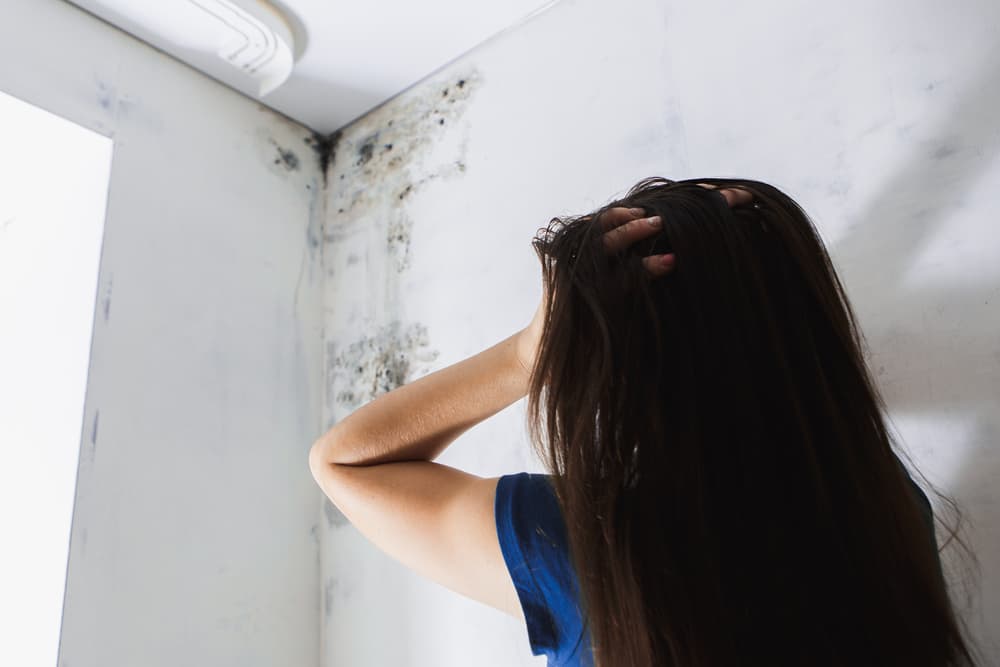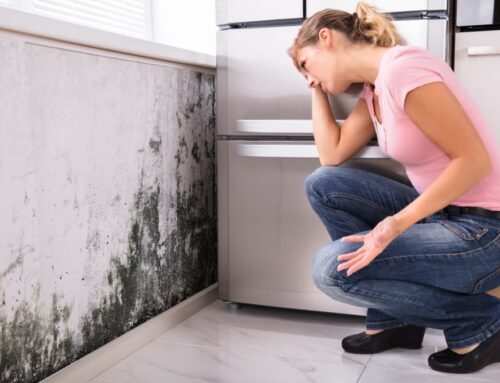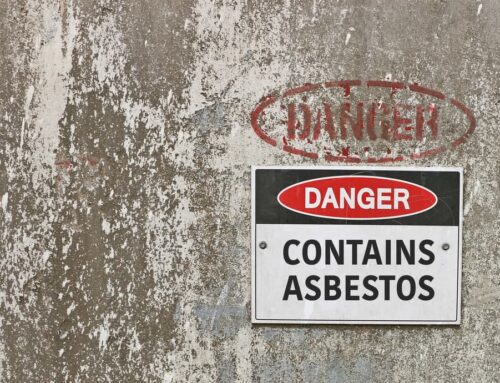Nobody wants to live in a home that contains mould. Various species of fungi can sometimes cause issues with occupant health and even safety, and those allergic to mould may have a difficult time in indoor spaces containing it. Fortunately, there are several ways you can check for mould in your house. Today, let’s go over the most common approaches you can undertake either by yourself or, if it’s a riskier situation, through a trained professional.
The Good Old-Fashioned “Bleach Trick”
Here’s a trick that’s been around for generations. If you spot a strange discolouration on a wall or otherwise and don’t know whether it’s dirt or something worse, there’s a quick and easy way to check. Simply dip a Q-tip or cotton swab in a mixture of one part bleach and 16 parts water. Then, dab the suspicious spot in question with it. If the dabbed area instantly lightens in colour, then it’s very likely mould. The same applies if you see the strange spot reappear after several days, no matter how many times you scrub at it. Of course, calling in a trained inspection and remediation professional can ascertain not only whether there’s mould but also what type it is.
Looking for Basement Leaks
It’s sometimes damp and musty, and it typically often doesn’t get nearly as much attention renovation-wise as the rest of the average home. Yes, it’s the basement, and it’s a popular spot for mould to visit and thrive if the conditions are ideal (which we obviously want to avoid). Regardless of whether yours is fully or partially underground, your home’s foundation is part of it in a way, as leaks and cracks from it can cause moisture to accumulate and introduce mould to the home. Therefore, take extra care in inspecting your foundation and basement ceiling, walls, flooring, and other areas that could be affected by leaks. Another concern is any windows that are close to ground level where meltwater and moisture from snow, heavy rains, and/or ice can build up and potentially find its way in.
Check Behind Ductwork and Walls
If you’ve got a mirror handy – one that’s light enough to hold in one hand but not too large, so it won’t smack into tight corners easily – then we recommend using it to peek behind ductwork, wall openings, and other nooks and crannies. Since mould thrives in dark, damp spaces, you might spot it here in the form of stains, patches, or even a series of dark spots. It’s a cheap and relatively easy way to perform a visual inspection without having to get close to any potential mould in your home.
Follow Your Nose!
Does something smell off-putting or abnormal to you in a specific room of your home? We’ve mentioned musty conditions earlier in this article; that’s because any such scents are typically a red flag indicating dampness and potential mould. It could be wet insulation, rotting wood, bacterial growths in thick carpeting that has trapped moisture, or something else entirely. Nevertheless, if your nose tells you something is wrong, call in the experts to inspect your home and make some mould-busting recommendations. Some, like our own team at the Healthy Home Center, will even professionally remove it.
Surface and/or Air Quality Sampling
Should you call in an experienced mould inspector and remediator, one of the first things they’ll do with any suspicious bacteria is perform a surface sampling test. This process involves scraping or swiping of spots potentially containing mould. Air quality sample testing is another option. Results are analyzed with care, and then the inspector will get back to you with an informed recommendation based on the findings. If you have an inspector who works for a company that also specializes in mould remediation, this is an ideal approach, as they can get started almost right away on a way of mitigating the mould presence in your home if there is one.
Monitoring Devices
Another thing your mould inspector might be able to do is set up monitoring devices. These are state-of-the-art pieces of equipment capable of detecting moisture levels in various materials, from drywall to wood and more. The data they collect will help you and the inspector understand whether specific areas of the home are promoting the presence and growth of mould.
And there you have it, six different ways to check for mould in your home, and evidently, you don’t need to tackle this hard work by yourself! Our team at the Healthy Home Center is proud to provide longtime-trusted local indoor air quality testing and mould remediation services, ensuring peace of mind every step of the way and no guesswork. To learn more about what we can do and how we can help, reach out to us today.







